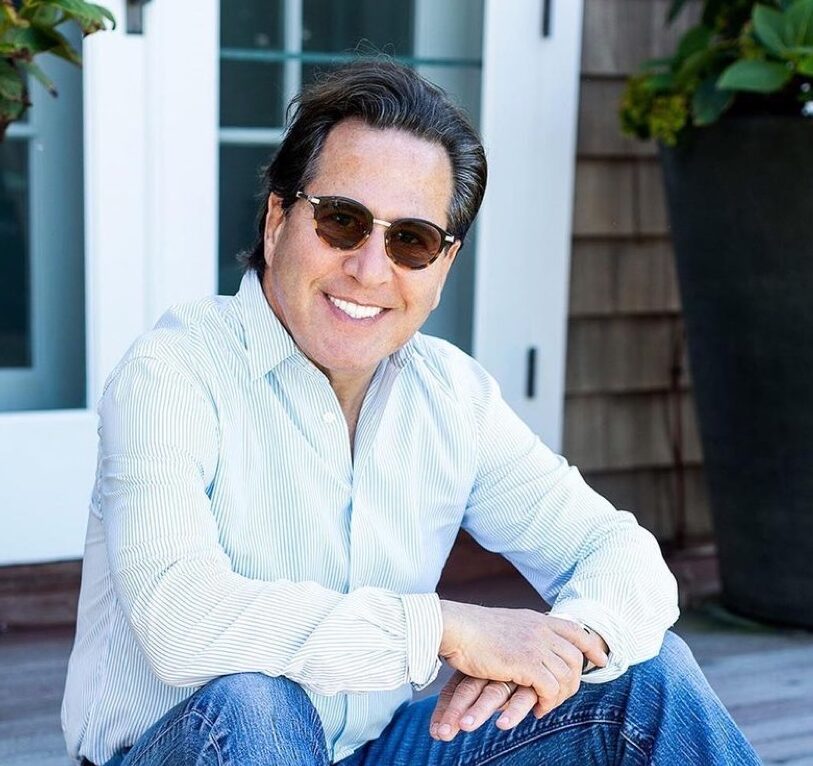Botox by the Bay…and Beyond: A Skin-Deep Sit-Down with Dr. Howard Sobel in Southampton.
You know the name. You’ve probably heard it whispered over brunch at Tutto il Giorno or casually dropped during a Pilates class. “He’s the one—Botox by the Bay.” But Dr. Howard Sobel is no one-trick pony. This board-certified dermatologic surgeon, with over 30 years of experience in Manhattan also has a practice in Southampton, is also a laser wizard—offering treatments like Fraxel and Helix that are rewriting the rules of skincare in the Hamptons.
We sat down with Dr. Sobel for a conversation that went beyond Botox. From skin cycling to laser resurfacing to caring for melanin-rich skin, this was no fluff facial. This was real talk, the kind we love at Hamptons Mouthpiece.
So, what’s the difference between Fraxel and Helix—and who needs what?
“Lasers aren’t just lasers,” Dr. Sobel says, immediately clearing up one of the biggest misconceptions. “They’re built for specific issues.”
Fraxel, he explains, is a fractional laser that targets pigmentation, sunspots, and even pre-malignant lesions. Translation? It’s doing double duty: helping your skin look better and stay healthier. It’s ideal for folks in their 20s to 50s—basically anyone whose skin has seen a little too much sun or who’s ready to get ahead of aging.
Helix, on the other hand, is a CO2 laser that’s like sandpaper in light form (sounds scary, but stick with us). It removes fine etched lines by resurfacing the skin and stimulating collagen. “With age, we lose volume, collagen, and elasticity. Helix helps bring that bounce back,” Dr. Sobel explains. “It can take your skin back 10, 15—even 20 years.”
Heads up: Helix has a longer recovery (5–7 days), while Fraxel has a shorter downtime (3–5 days).
Retinol, Skin Cycling & Not Peeling Like a Croissant
Retinol may be trending, but Dr. Sobel wants you to respect the retinol. Whether it’s over-the-counter (retinol) or prescription-strength (Retin-A), this vitamin A derivative is one of the only ingredients proven to boost collagen production.
So how do you add it into your routine without turning into a flake fest?
“Start slow,” he says. “Pea-sized amount. Rub it in. Every other day. Then move to daily only if your skin can handle it.” Also? Don’t forget the sunscreen. Retinol makes your skin more sun-sensitive, so protection is non-negotiable.
The earlier you start, the better. “Start in your 20s if you can,” he advises. “Because after 20, you lose 1% of collagen every year. That adds up.”
Let’s Talk Lasers and Melanin-Rich Skin
Here’s where Dr. Sobel’s honesty and experience really shine. “In the past, we were more hesitant with lasers on darker skin tones because of the risk of hyperpigmentation or light spots,” he says. “Now, with newer technology, we can safely treat Black, Brown, and Asian skin—but we go more conservatively.”
The key is customization, not a one-size-fits-all laser blast. “The goal is glow, not damage.”
The Takeaway? It’s Not Just About Skin
“It’s about health care, not just skin care,” Dr. Sobel reminds us. These treatments aren’t just about looking good (although, yes please)—they’re about taking care of your skin in a real, science-backed way.
And with his signature mix of Manhattan expertise and Hamptons approachability, Dr. Sobel is bridging the gap between high-end treatments and beach-town vibes.
✨ Stay tuned for Part 2 of our conversation with Dr. Sobel—coming soon to Hamptons Mouthpiece. We’ll be diving even deeper into skincare myths, his go-to products, and the real deal on glow-ups.
Take a listen to the full conversation, dropping soon. You’ll laugh, you’ll learn, and you’ll probably book an appointment.
Follow Dr. Sobel on Instagram


Comments are closed.